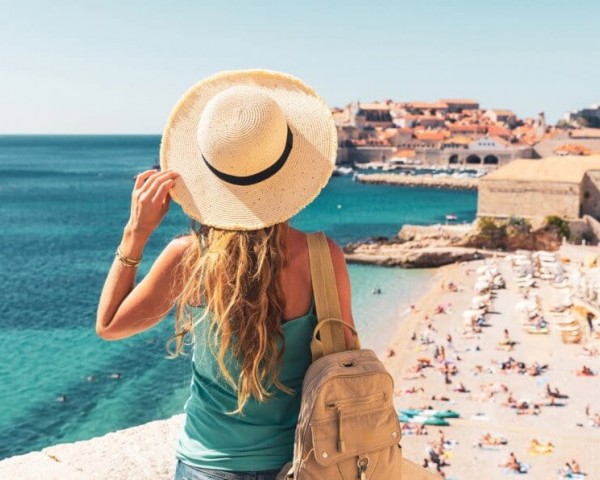As summer heats up in Split, Croatia, the port is a hive of activity. Helpers in white shirts direct cars onto island-bound ferries, and some vacationers sprint across hot asphalt, trying to make the Vis ferry. Jadrolinija, the state-run ferry operator, boasts full ferries and popular islands; for the first big holiday of 2025, Split airport saw 45,000 tourist arrivals, and the port processed 47,000 people. But a worrying trend lurks beneath this lively surface: escalating costs and fewer visitors are threatening Croatia’s standing as an affordable gem in the Mediterranean.
A Promising Start Marred by May’s Slump
The Ministry of Croatia’s Tourism calls June “promising,” but outlets such as Jutarnji List aren’t so sure. They’re cautioning that “Croatia is too expensive,” wondering if 2025 will be a letdown. Compared to last year, tourist arrivals in May 2025 saw a sharp 5% drop, and overnight stays plummeted 14%, dimming earlier optimism. While local tourists helped soften the blow, the number of foreign visitors fell substantially, especially those from key Central European nations like Germany, Austria, Poland, as well as Hungary. The European Travel Commission (ETC) reports that German visitors, who accounted for 30% of May 2024’s guests, only made up 16.5% in 2025.
The ETC points out that Croatia, along with Iceland, is one of only two of 29 countries where tourist numbers are actually falling this year. Alarmingly, index.hr even suggests that Albania might soon overtake Croatia in terms of visitor numbers, possibly changing the face of tourism in the Mediterranean.
The Price Problem
Market analysts believe that soaring prices are to blame. Croatia’s costs have risen sharply in the last couple of years, making it less appealing to budget-conscious travelers when compared to places such as Spain, Greece, or Portugal. The cost of a trip to Croatia has jumped 50% in only three years—much higher than the 15–20% increases seen in Greece and Spain. When the euro was introduced in 2023, some restaurants and stores took advantage and excessively raised prices. While the industry points to inflation, rising seasonal wages, and higher taxes, the negative reaction is obvious.
Back in 2025, Croatian consumers even boycotted certain businesses, and now foreign tourists on a budget are looking for cheaper destinations. Economist Damir Novotny has warned that Croatia’s high prices simply aren’t sustainable, especially given that the quality of service is often lacking. Prime Minister Andrej Plenkovic seems to agree, saying, “Other countries have seas, islands, and beaches, too. Since we’re not the only option, we need to be careful with our prices.”
A Season of Some Uncertainty
Although May wasn’t great, Croatia’s tourism is still a big deal for the country, bringing in 21.7 million visitors and €15 billion in revenue in 2024. The months of July and August usually bring in the most money, and early June figures point to a strong peak season. However, there’s a bit of worry regarding holiday accommodations because they’re filling up slower than expected. Industry groups are saying that around two-thirds of landlords who rent apartments plan to keep prices where they are this season; furthermore, the government has stated that prices have now “stabilized.” Still, Croatia’s image of being affordable might already have turned off some regular visitors with less money to spend.
Seeking Balance Between Quality and Quantity
For years, the Ministry of Croatia’s Tourism has promised to focus on quality instead of just chasing high numbers, encouraging sustainable tourism and boosting occupancy rates before and after the busiest months. Yet, everyone still gets anxious because they depend so much on peak-season revenue. The main question is: was May just a fluke, or will visitor numbers keep dropping during the summer? Croatia is under pressure to make sure its prices match what it offers, especially with other countries becoming more popular.
As ferries transport visitors to beautiful islands like Vis, the situation hangs in the balance. The year 2025 will be a telling one, revealing whether Croatia can successfully reconcile its surging popularity as a tourist destination with the crucial need to remain affordable. The enduring appeal of the Adriatic coast is clear. Yet, without some well-considered changes, the nation might find itself becoming too expensive, ironically leading to quieter beaches than anticipated.

